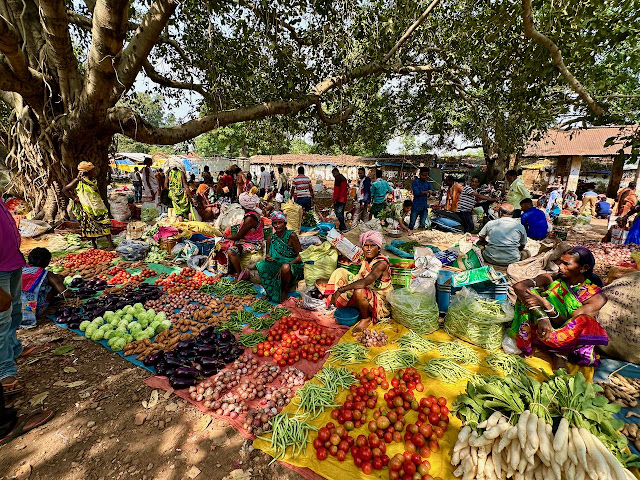"Wow" gardens of the world I - Lotusland near Santa Barbara, California
 |
| Densely planted cactus plants surround the Spanish-style house (designed by Reginald Johnson) at Lotusland |
In the first in a series of gardens that have really impressed me during the years I've been writing this blog, Lotusland in California ranks as one of the most memorable. Visitor numbers to this extraordinary 37-acre estate in Montecito - an exclusive residential district near Santa Barbara and a couple of hours drive north from Los Angeles - are strictly limited and you need to book well ahead to gain access. I was lucky enough to visit last summer. Sadly, the day did not look promising, with a heavy mist rolling in from the Pacific and a distinct chill in the air, but never be deceived by this coastal area of California because within an hour of arriving, the sun had burned off the low-lying cloud and I was able to enjoy this extraordinary garden in bright sunshine.
If you visit Lotusland, you’ll realise this is no ordinary garden, and understand that its eccentric and determined owner had extraordinary vision when planning and planting her home plot. Created by a flamboyant Polish opera singer - Madame Ganna Walska - who went through husbands quicker than most of us can reasonably create a landscape, the legacy she left behind is one of the most extraordinary private gardens in America and also houses two of the greatest cycad and cactus collections anywhere in the world.
 |
| The citrus arbor at Lotusland |
 |
| The cactus garden at Lotusland, donated by Merritt Sigsbee Dunlap in 1999 |
 |
| Lotus in full bloom in the Water Garden, formerly the swimming pool, at Ganna Walska's estate |
 |
| The water stairs at Lotusland have been completely restored in recent years |
 |
| The Aloe Garden at Lotusland contains hundreds of different species |
 |
| Huge cycad cones at Lotusland |
The only other cycad of this type in the Americas is housed at Longwood Gardens in Pennsylvania. In Europe, there are also surviving specimens at Hortus Botanicus in Amsterdam, Glasnevin in Scotland and Kew Gardens in London, where the plant produced a male cone for the first time in September 2004, more than a century after it had arrived there, much to the excitement of both staff and visitors to the Temperate House, where it lives.
The cactus garden is also a collector's paradise. Donated to the Foundation in 1999 by Merritt Sigsbee Dunlap, a friend of Madame Walska. He had been acquiring specimens for 70 years and grew many of the plants seen here from seed. There are more than 300 different species of cacti in the garden, grouped by country of origin. Dunlap was a close friend of Madame Walska and although she did not live to see his wonderful gift, he celebrated his 97th birthday in the garden in 2003, before it opened to the public the following year.
 |
| The horticultural clock (top) and topiary in the garden |
Other gardens within the estate include a well-established five-acre Japanese garden, famous for its flowering cherry trees in springtime and maple colours in the autumn; a large collection of bromeliads; a theatre garden; the much-applauded Blue Garden (see below) and a topiary garden with 26 immaculately-clipped topiary animals surrounding a working horticultural clock (right). There is also an established orchard, a butterfly garden that is relatively newly planted and an aloe garden housing hundreds of different species. There are also hundreds of abalone shells to be ogled around the sculpted pool in this part of the garden.
But what sets Lotusland aside from so many gardens, quite apart from its huge range of plants and trees, is the way in which it is so abundantly planted, be it aloes, cycads or bromeliads. Madame Walska never did things by half and when she finally chose a plant she liked, she set out to acquire hundreds for her collection. The overall effect within the garden is startling.
The Blue Garden (below) is another is another well-loved part of Lotusland - created by Madame as long ago as 1948 with Ralph Stevens, the son of the original owner, working alongside her. It features Mexican blue palms (Brahea armata) and Blut Atlas cedar (Cedrus atlantica 'Glauca'), plus Chilean wine palms (Jubaea chilensis), with many Australian conifers at the rear. The pathways, lined with blue-green glass, add to the shimmering blue effect.
 |
| Shells are a major feature in the Aloe garden at Lotusland |



I wasn't aware of the constraints until now Charlotte. Such a legendary garden, renowned for being simply spectacular. Would definitely love to see it in the flesh someday soon.
ReplyDeleteVery impressive--so much to see there! I especially enjoyed the view and structure of the citrus arbor--it looks like paradise to me. Also, the lotuses--wow!
ReplyDeleteFABULOUS!
ReplyDeleteCharlotte, I have found that membership has distinct advantages when visiting Lotusland. Members are able to arrive earlier and can wander the gardens at will without docent led tours. I am glad to have toured with the docents once , but it was really difficult to linger for photo taking . For that reason, I always purchase membership in years I think I might visit.
ReplyDeleteMembership sounds like a wonderful idea and if I lived closer, I'd certainly take your advice.
Delete